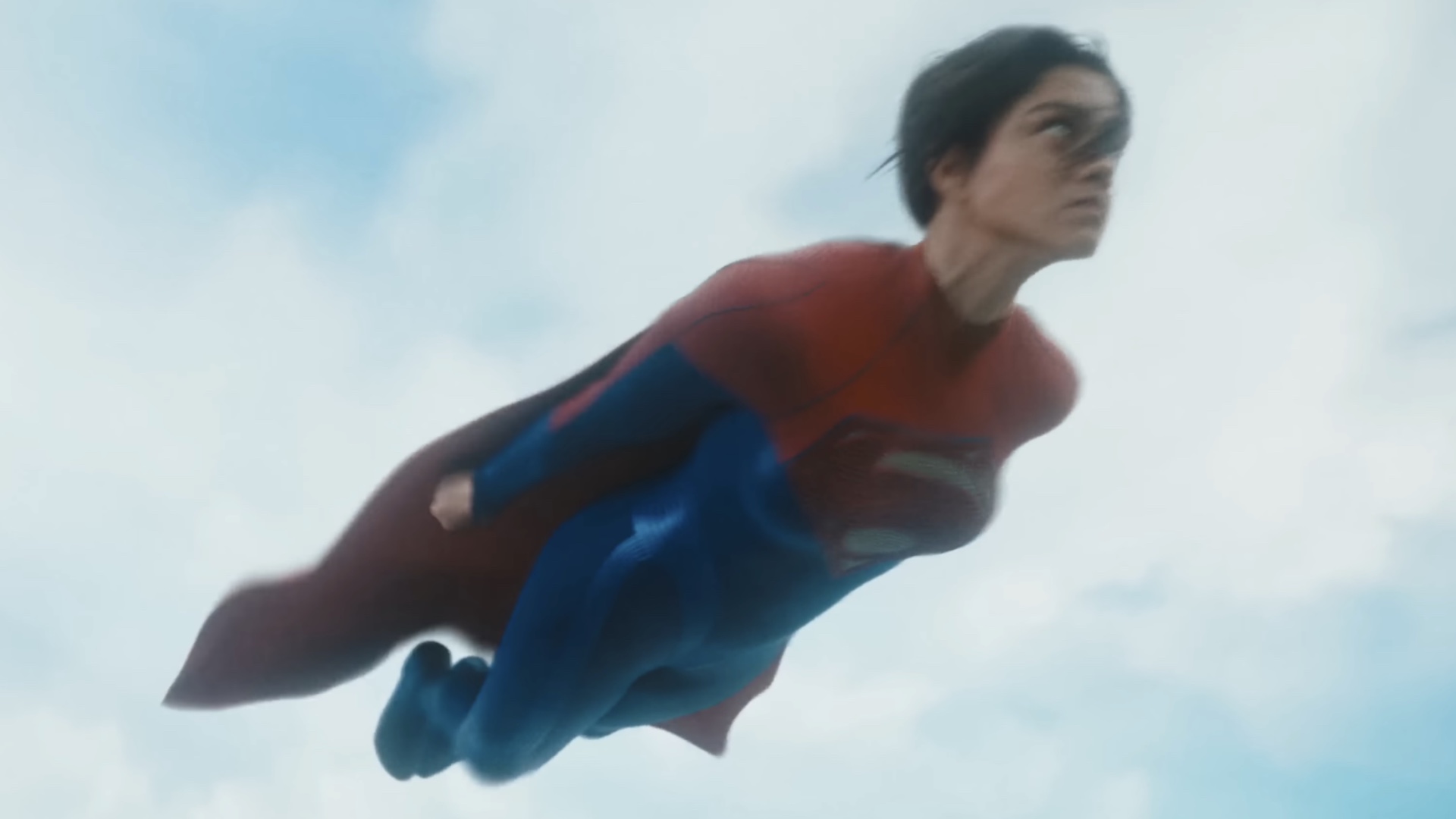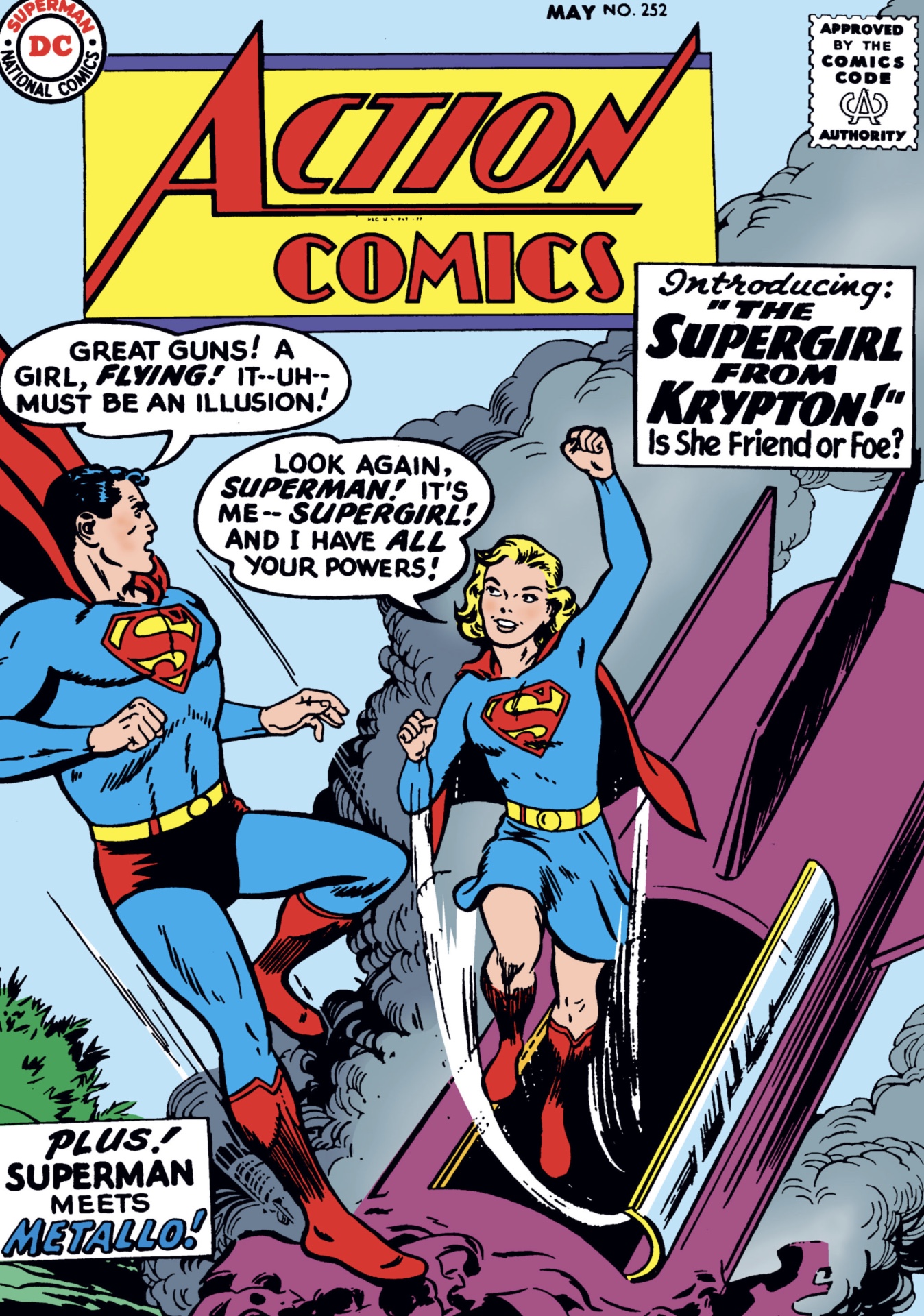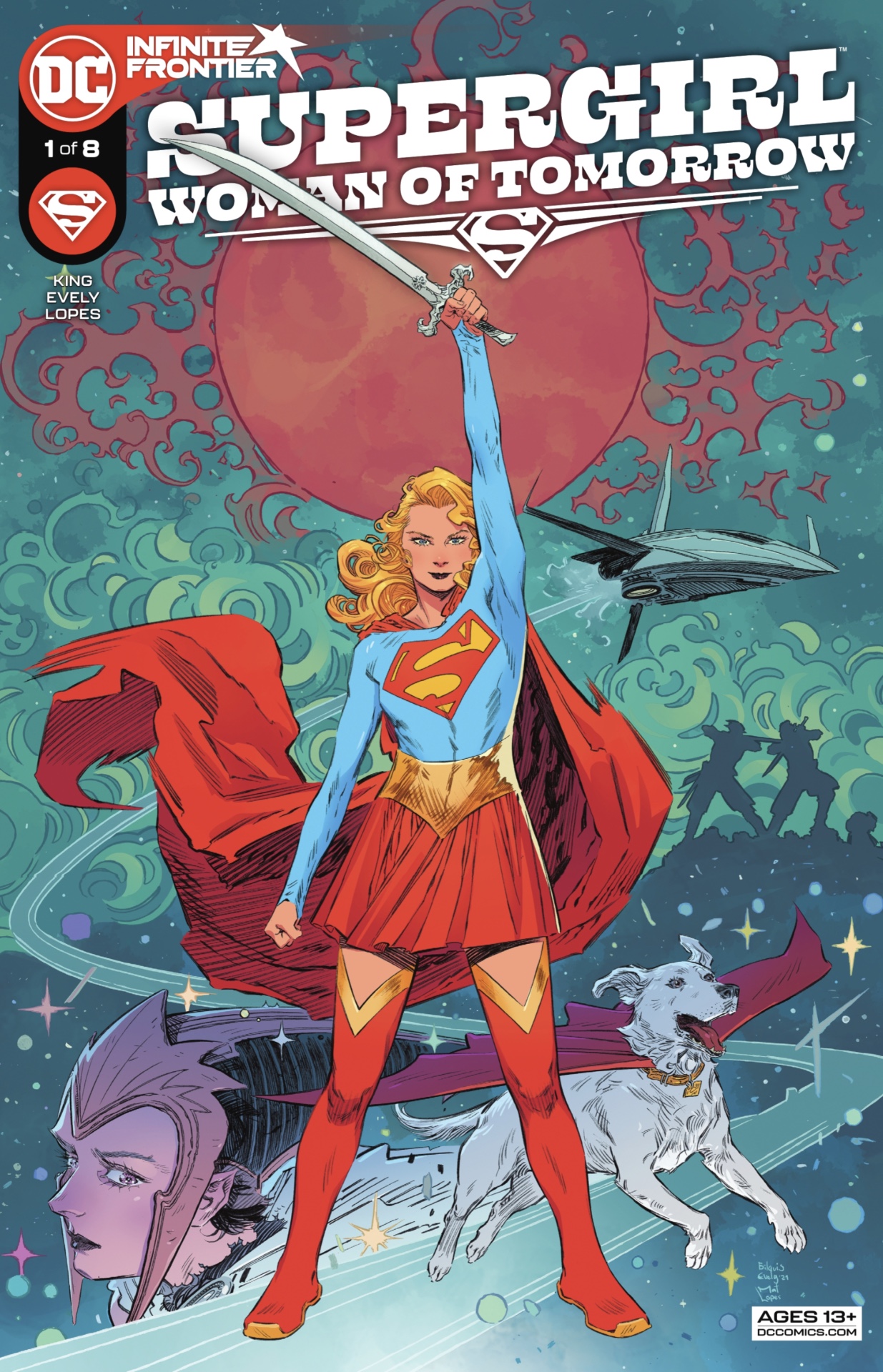
Supergirl is front-and-center in the new trailer for The Flash, which will have its first official screenings at CinemaCon. The film, loosely based on the 2011 comic story Flashpoint, takes place in an alt-timeline created when Barry Allen tries to rescue his parents from death and imprisonment by going back in time - and where Zod, the villain of Man of Steel, reigns over Earth with an iron fist.
To fight Zod, Barry (or Barrys, as there are two versions of him in the film) recruit a Kryptionian of their own to their cause, but not Kal-El. Instead of Superman, they recruit Supergirl (Sasha Calle), reportedly a version of Kal-El's cousin Kara Zor-El.
But The Flash's Supergirl isn't quite like any specific version of the character from comics - and she's even quite different from the version of the character in the comic book Supergirl: Woman of Tomorrow, which will soon be adapted into its own DC Films movie.
With a publishing history dating all the way back to 1959 that encompasses multiple different incarnations of the character and several previous high profile film and TV adaptations, the comic book history of Supergirl is a lot to take in.

Before the debut of the first official Supergirl, there were several versions in Golden Age DC lore, most of whom were gimmick characters who only lasted an issue or two before their stories were done. But positive reception to the concept of the character - a female counterpart to Superman - led to the introduction of Superman's cousin Kara in 1959's Action Comics #252 (the Zor-El surname would be added later).
Created by writer Otto Binder and Al Plastino (who had also previously created Shazam's superheroic sister Mary Marvel for then DC rival Fawcett Comics years prior), Kara was a Kryptonian who had survived the death of Krypton just like Superman, with all his powers to boot.
Just how Kara managed to survive Krypton exploding has changed over the years across different eras of DC continuity. Originally, Kara was a resident of Argo City, an entire Kryptonian city that had managed to break off from the dying planet and survive as its own self-sustaining colony through Kryptonian super-science.
Though this detail has more or less held true through most of Kara's incarnations, the circumstances of her meeting with Superman are a bit more fluid. In her most common origin, she's sent off in a survival pod much like Kal-El's own but already a teenager, rather than an infant.
This has resulted in a common aspect of her origin being that Kara only remembers Kal-El as an infant, expecting to mentor him to adulthood when she finally meets him - only to discover that because of Kal-El's time on Earth as Clark Kent, he's aged to adulthood while she's still a teenager, leading him to mentor her in the ways of being a superhero.

Supergirl has come to television and even movies before. In 1984, amidst the success of Christopher Reeve's Superman films, Helen Slater was cast as Kara Zor-El in her own Supergirl spin-off film. Though that movie wasn't a hit, it's since become something of a cult classic.
Helen Slater would later go on to guest star in the CW's now concluded Supergirl TV show, in which Melissa Benoist played the title character for six seasons between 2015 and 2021.
Most recently in comics, this dynamic has manifested in writer Tom King and artist Bilquest Evely's limited series Supergirl: Woman of Tomorrow, in which Kara Zor-El must carve out her own path as a hero in the shadow of her more famous cousin.
That's the version that will be adapted into a movie as part of James Gunn and Peter Safran's new DC Studios, seemingly eschewing The Flash's alt-reality take on the character in the process.
For now, fans have an all new version of Kara Zor-El to look forward to in The Flash - and with so much still unknown about how the movie will affect the future of DC Films, it's not impossible we'll see Sasha Calle's version of Supergirl again someday.
The Flash is all about the DC Multiverse - and the Flash himself has always been key to the DC Multiverse, since it was introduced.







